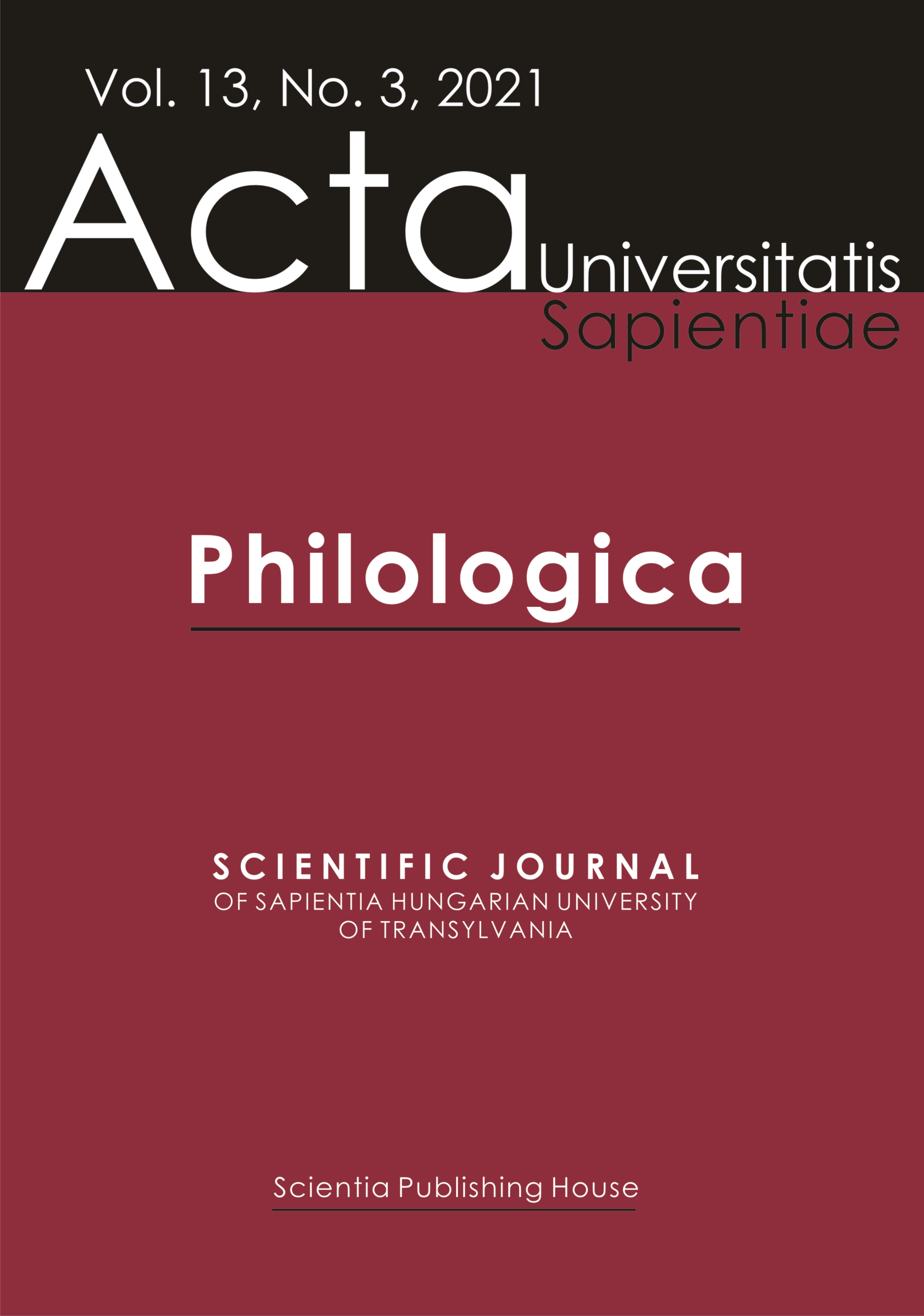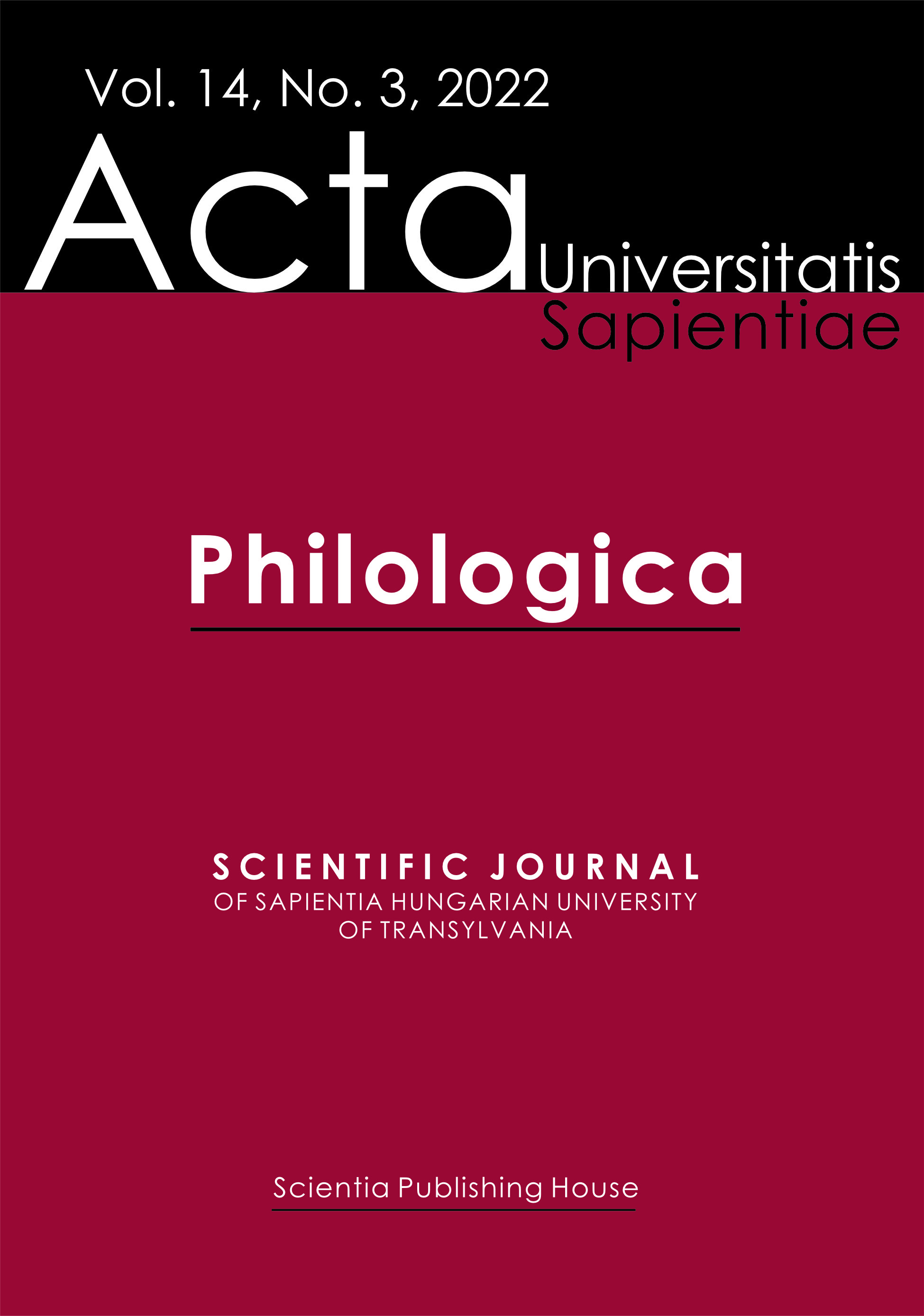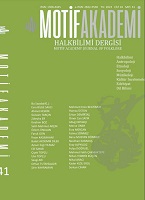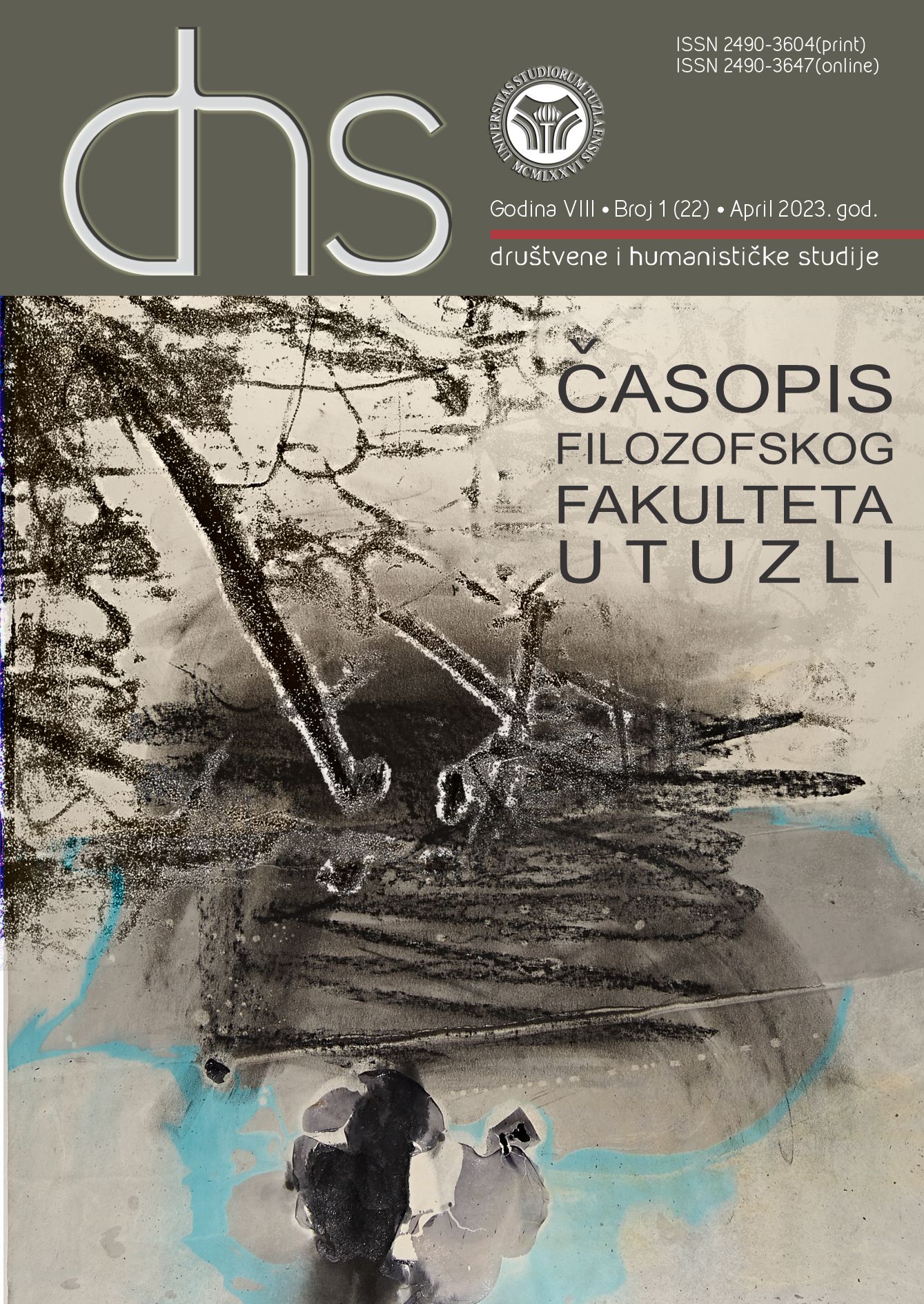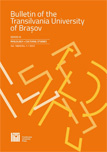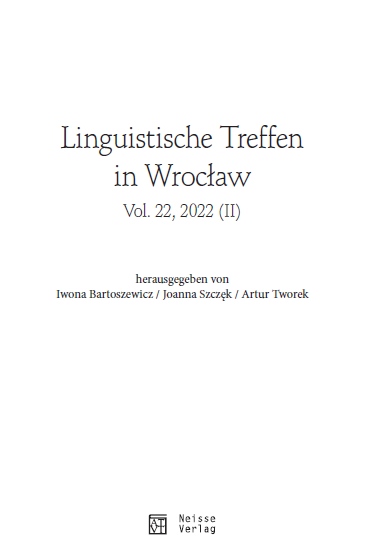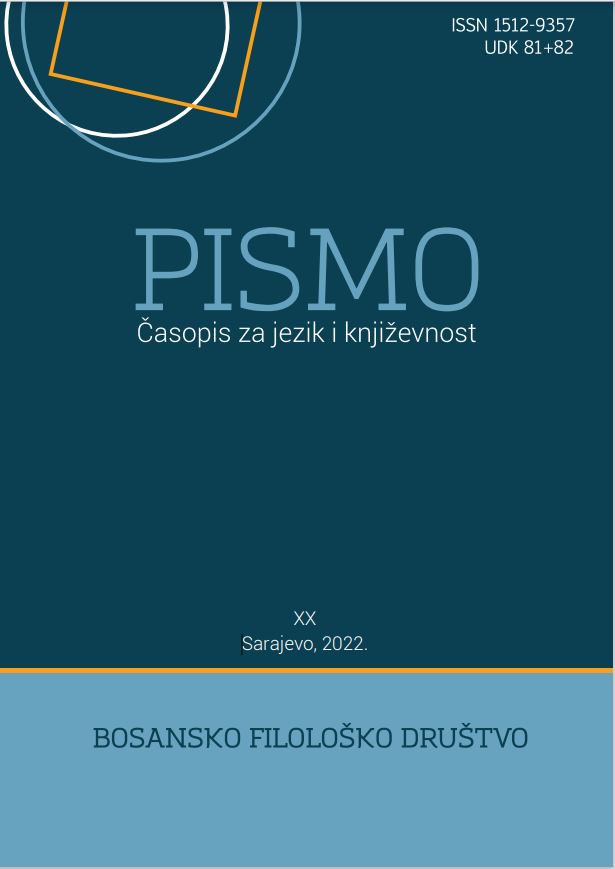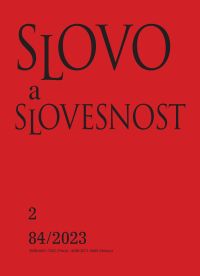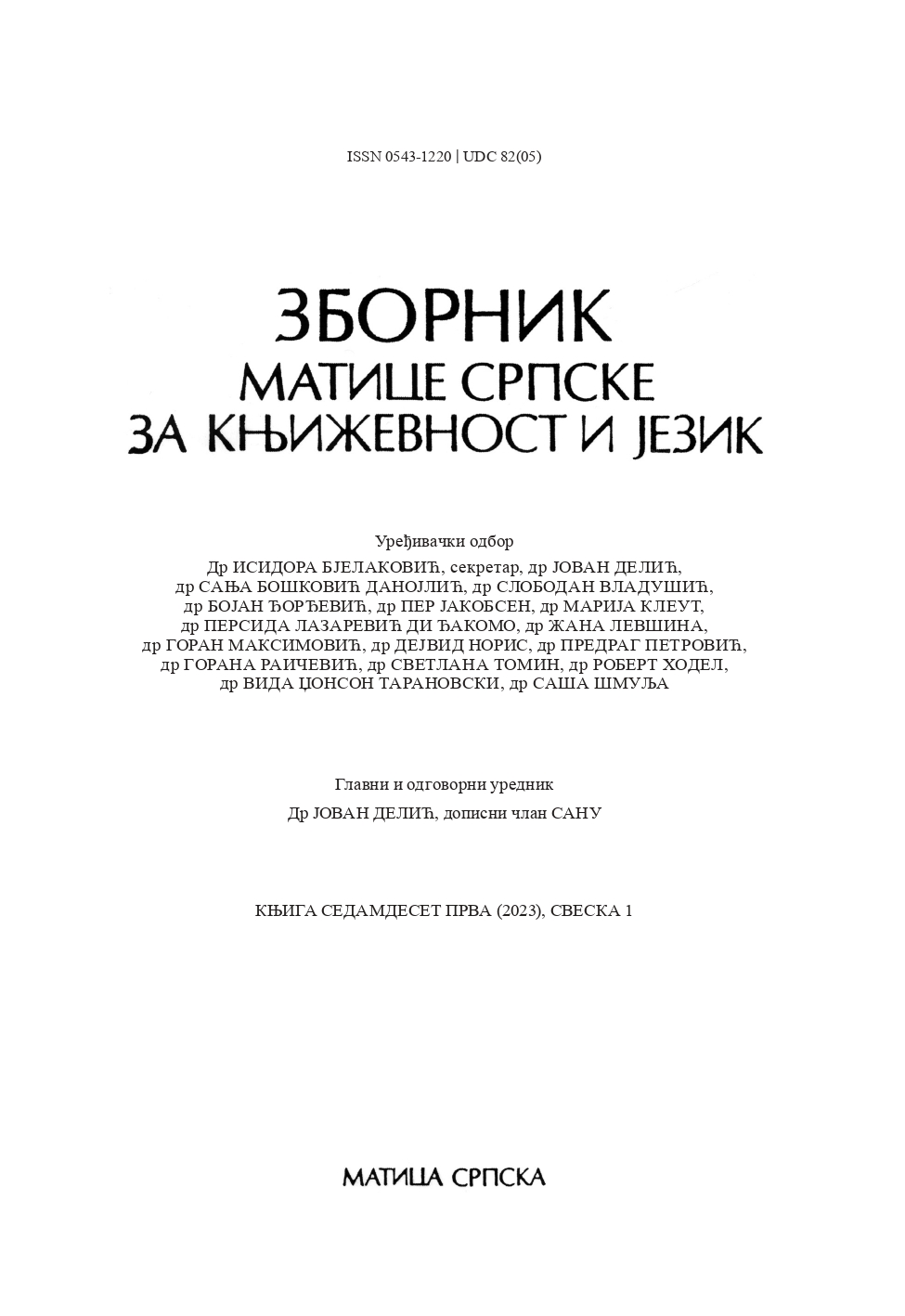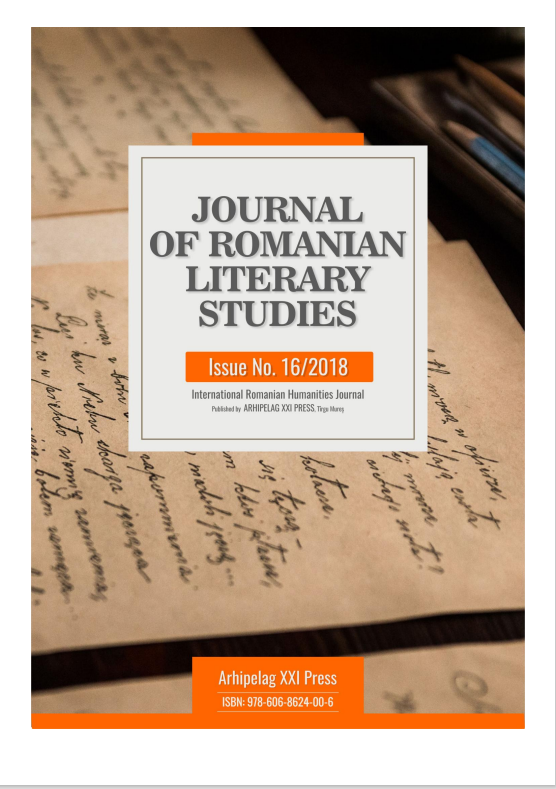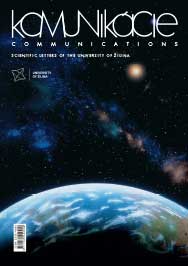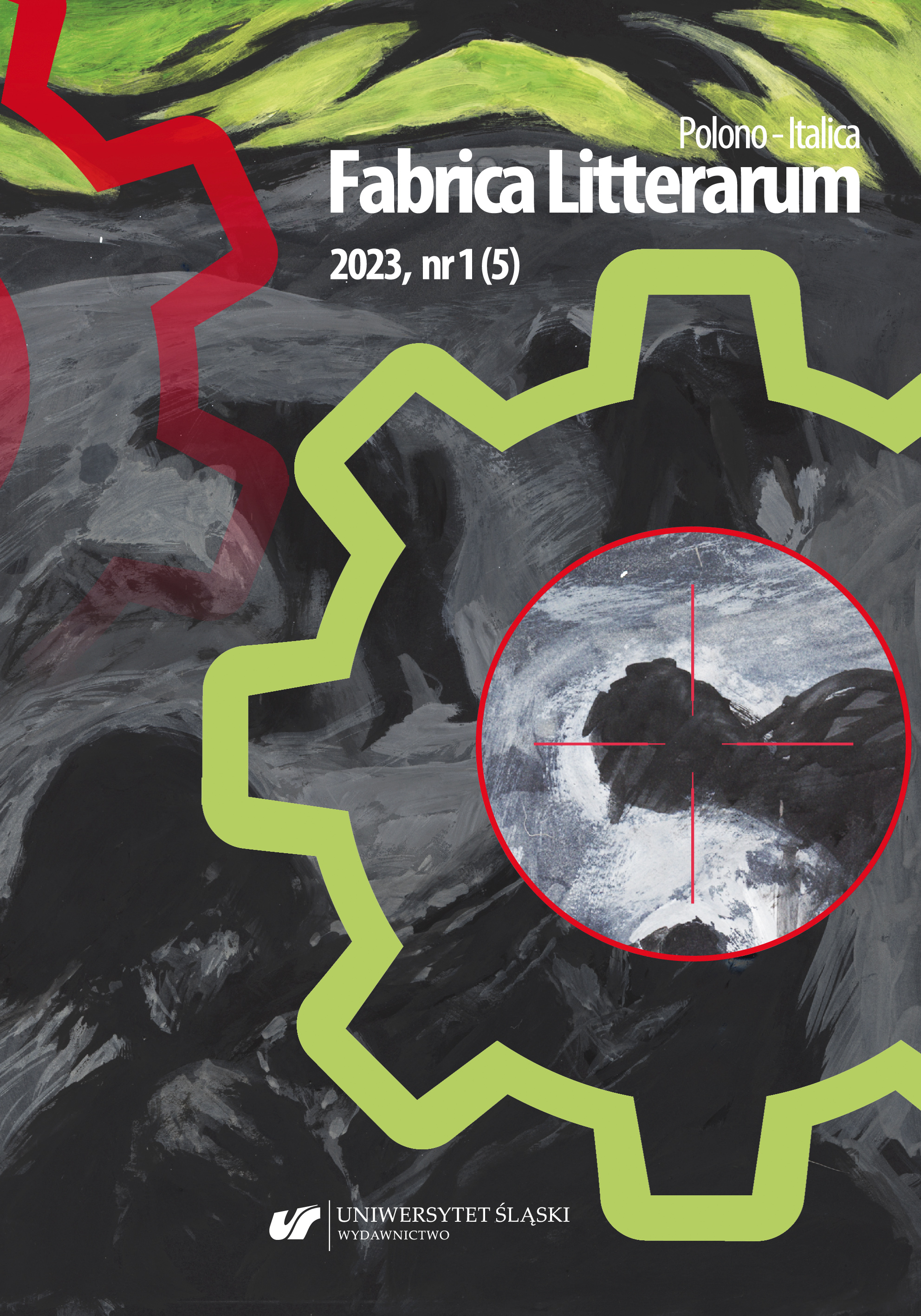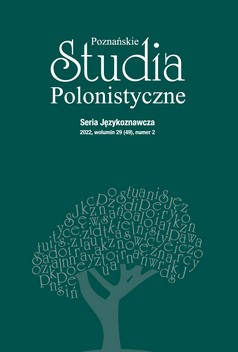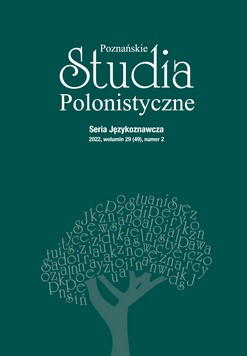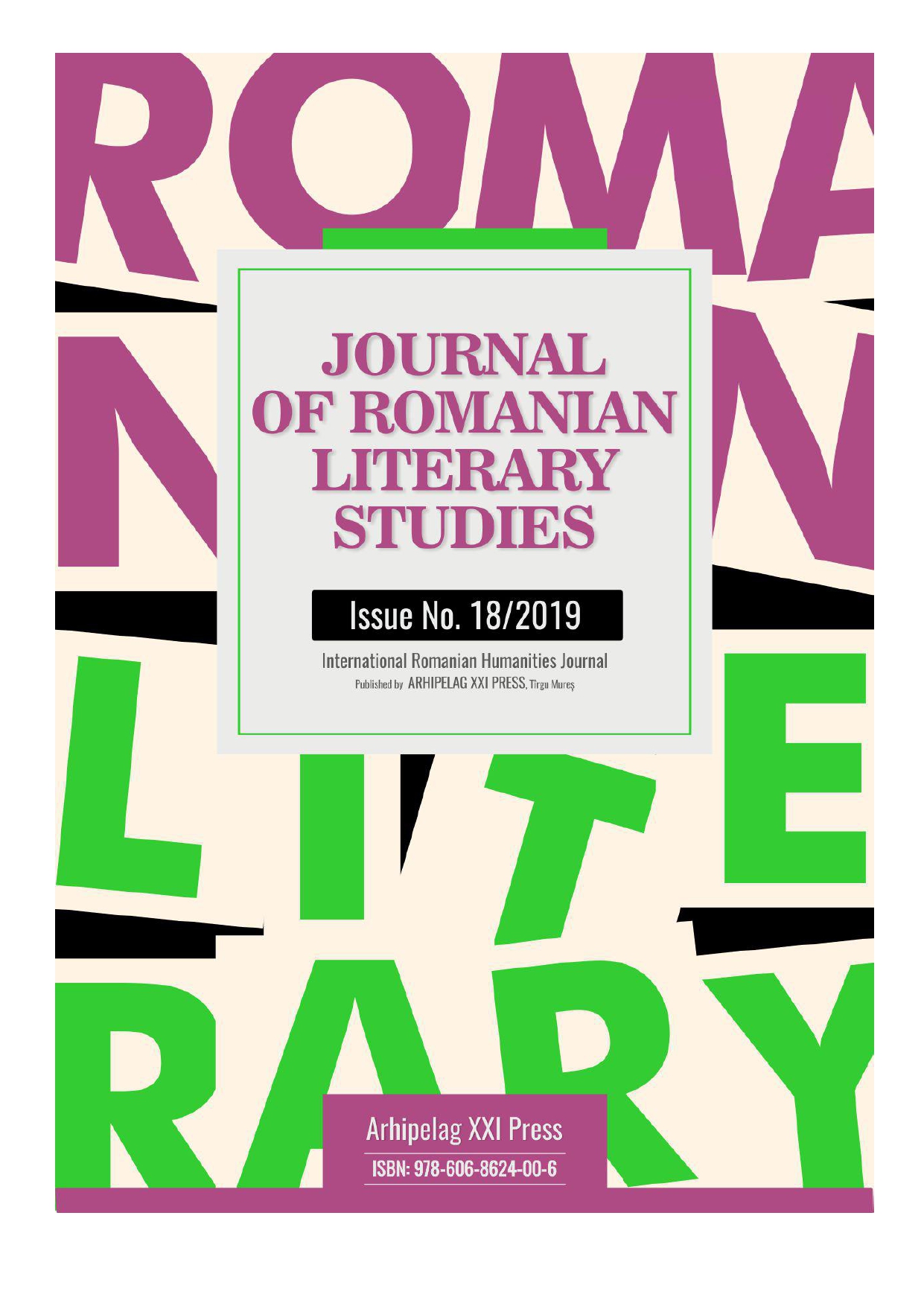Author(s): Pheride Sanaia / Language(s): Georgian
Issue: 6/2023
The work analyzes the words representing the colors in the Galaktion Tabidzi’s creativity. The paper begins with the study of the separation of basic colors, but the research is not limited to discussing only primary colors. Apparently, color is sometimes not mentioned in the poems of Galaktion Tabidze, however, other words are used in such a poetic way that it evokes the association of color and acquires the meaning of color. Chromatic and achromatic colors are grouped according to positive and negative content; The symbolic-semantic aspects of vocabulary are analyzed. The study of vocabulary of colors is connected to the semantic of the word “color” itself which is related to many interesting issues. As it is known, a color can be given a symbolic meaning due to its emotional impact. Color-related vocabulary acquires metaphorical and poetic significance in poetry. Each color represents a corresponding event or feature. In the literature it is stimulated by symbolic thought; All face-symbols can be understood differently by the reader and all understandings can be correct. The authors refer to a color variation, where primary colors predominate, including different colors. Consequently, their attitude to a particular color, reflected in their work, is positive or negative. For example, white is the color of purity and purity, and in poetry it plays with a shade of cold, winter, cold, loneliness. the descriptive meaning of red is color, but in symbolic terms, red can be a symbol of war, joy or blood. The analysis of used materials has shown that ,,blue” is a dominant color in Galaktio Tabidze’s poetry. In poetry, blue / blue has acquired a mystical load. In this color is also the notion of memory, which is associated with the ideal. Let us recall, at least, Novalisi's "Blue Flower", Maeterlinck's "Blue Bird", Nikoloz Baratashvili's "Sky Color, Blue Color ..." and others. Thus, among the features that determine the individuality of writers, a certain place is occupied by the use of colors. Although the content of the color symbols undergoes significant changes, from an interpretive point of view, the core of the color symbolism still remains unchanged. In poetry he deals with so many comprehensive issues that his understanding is sometimes different.
More...
